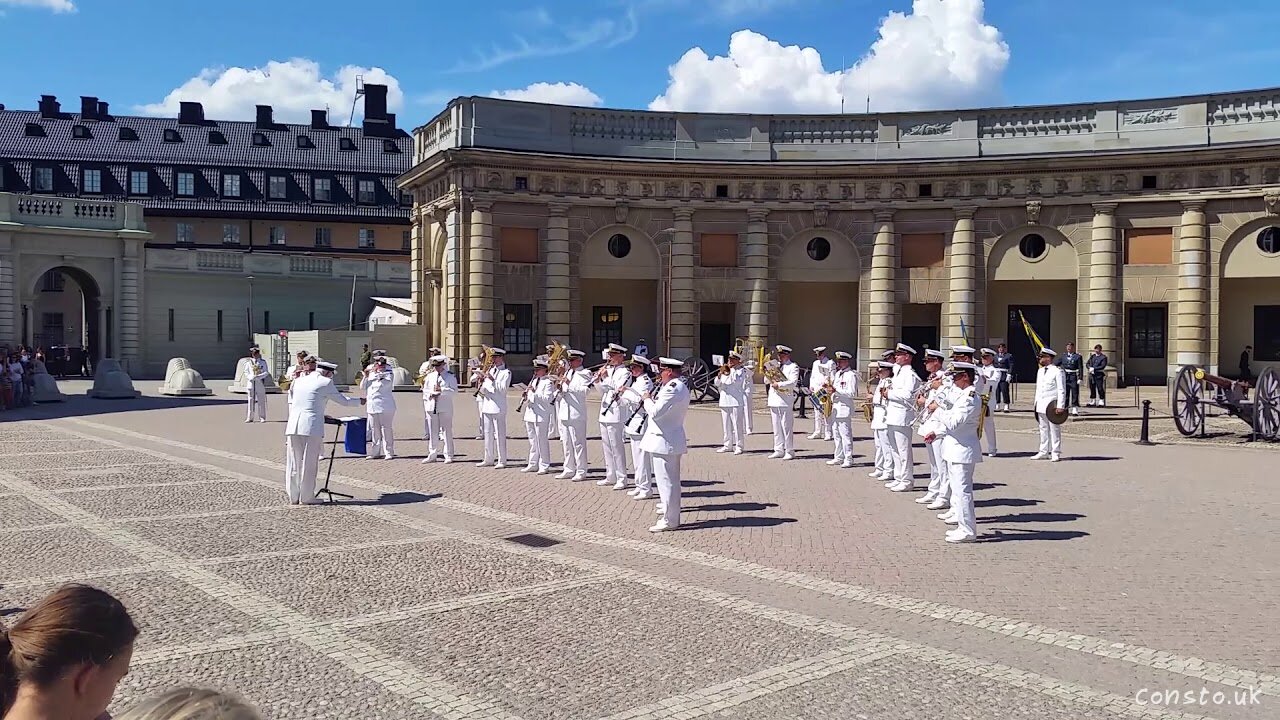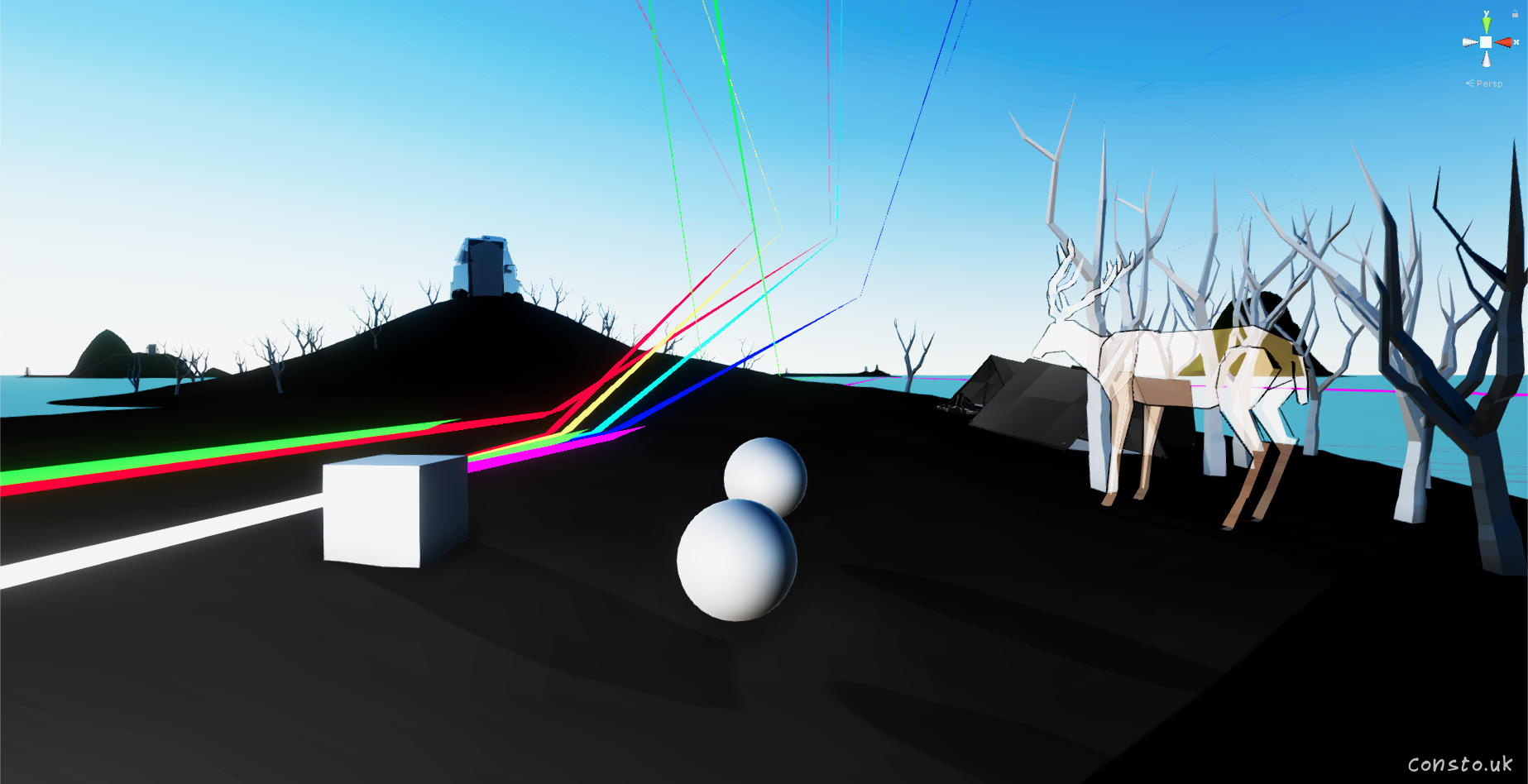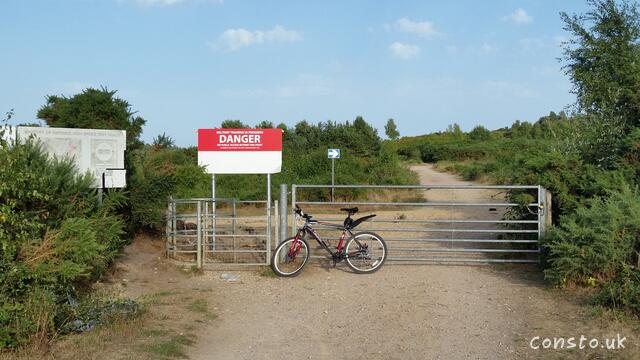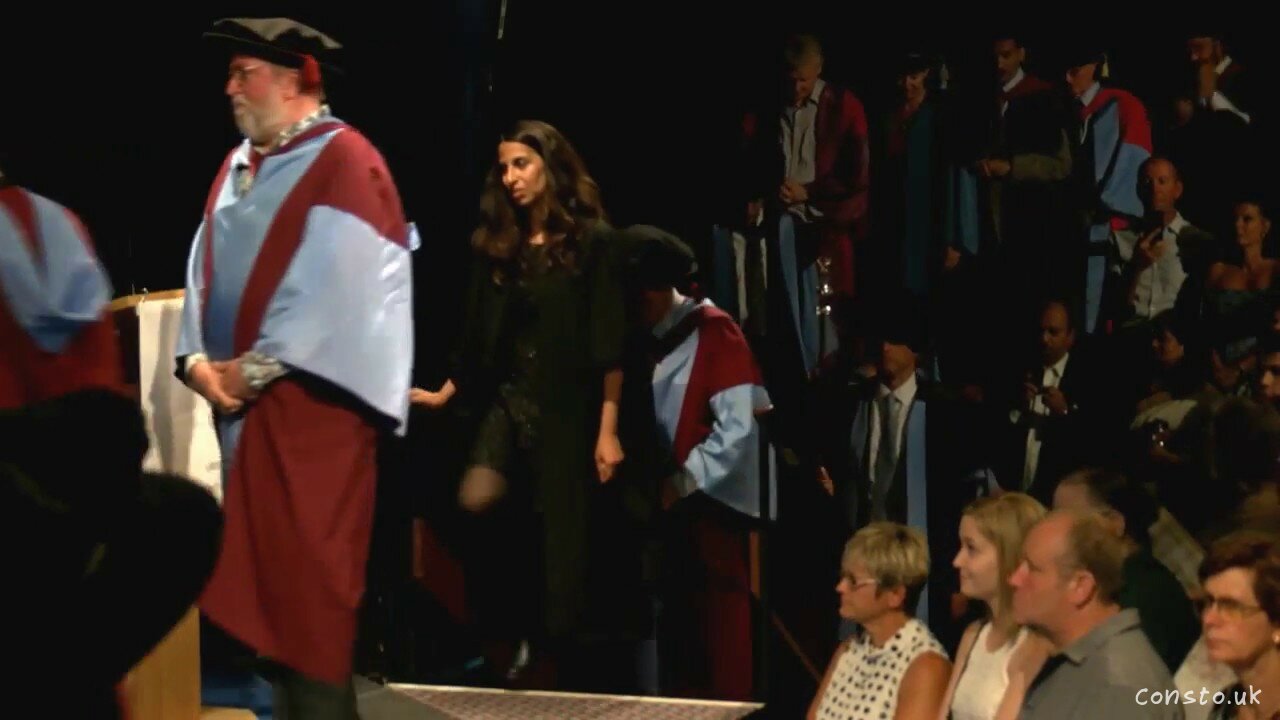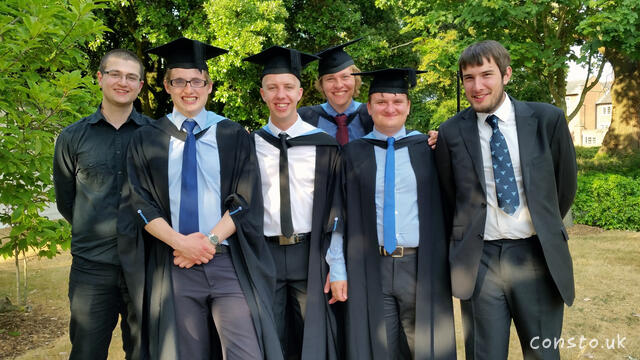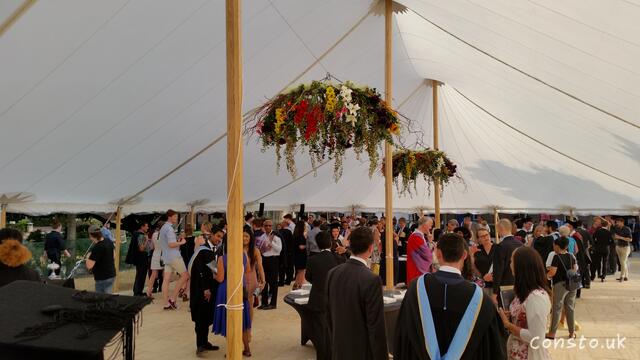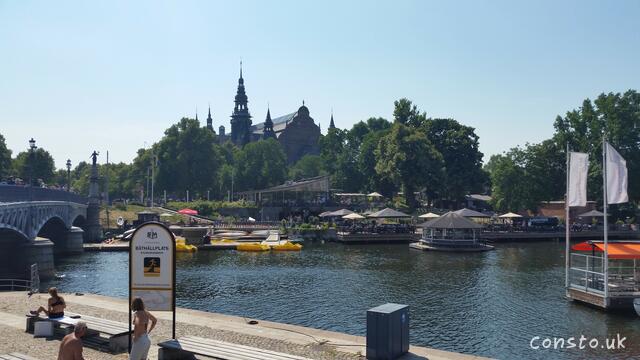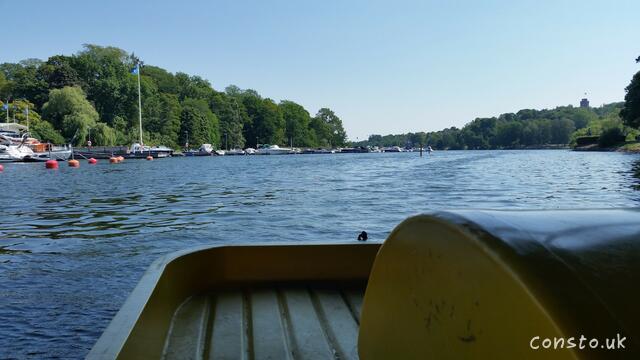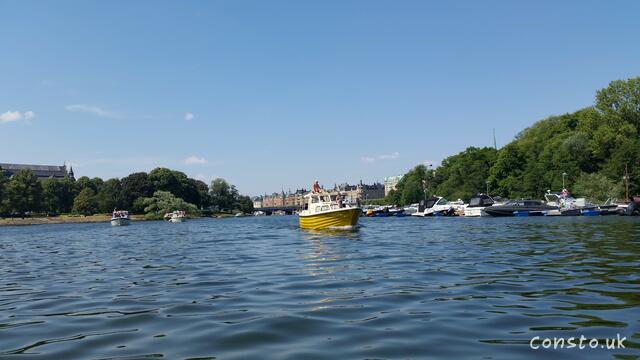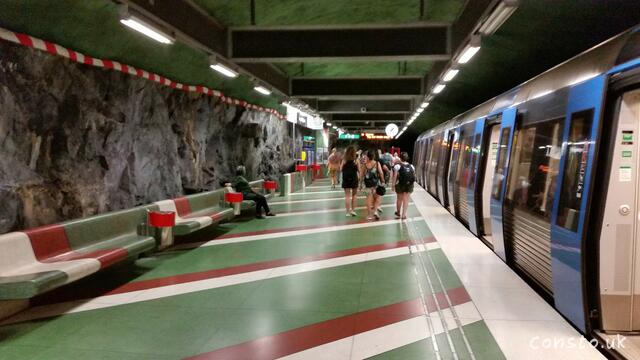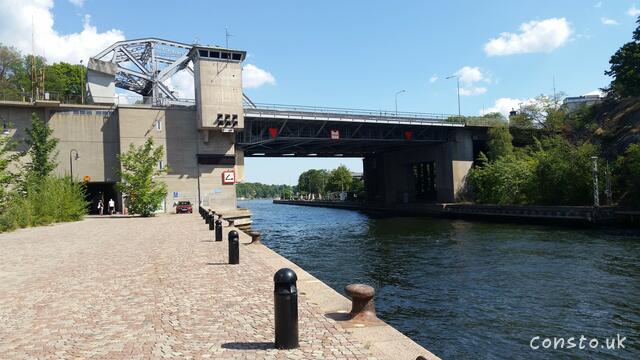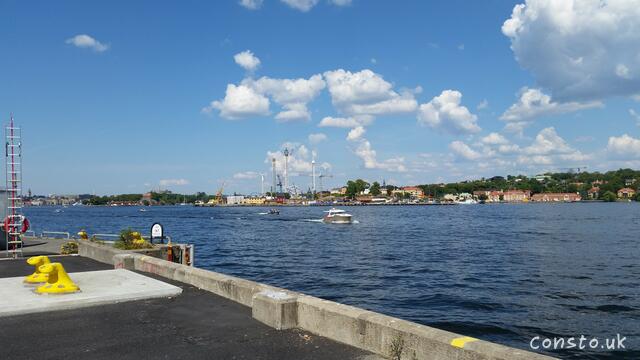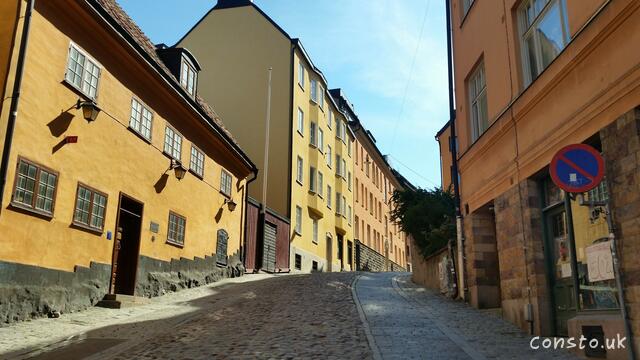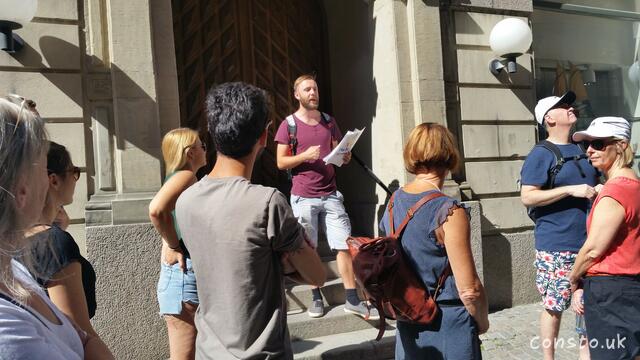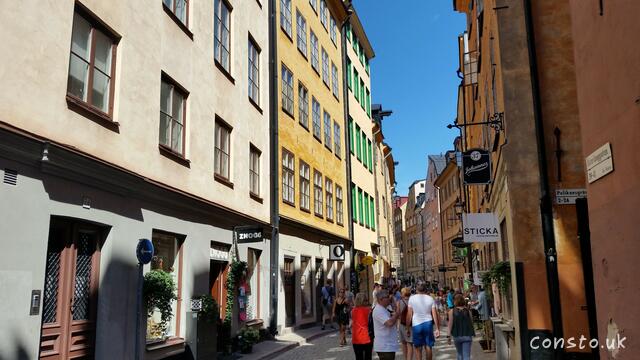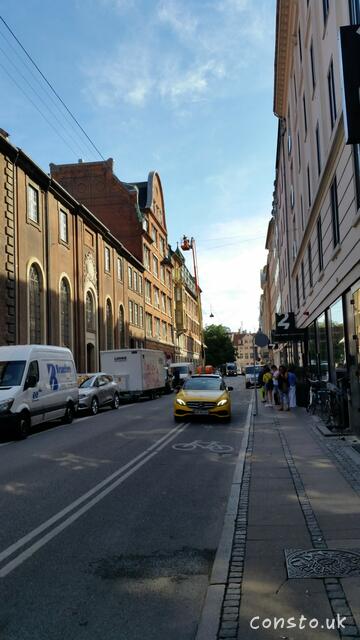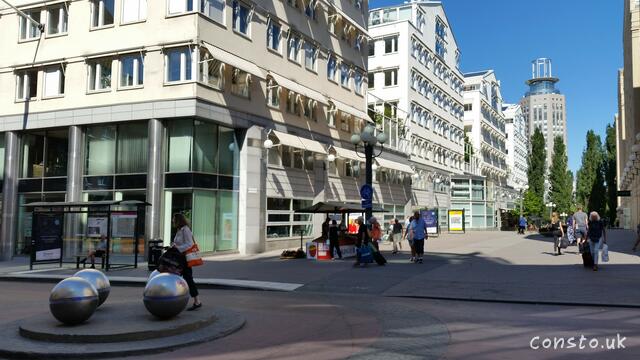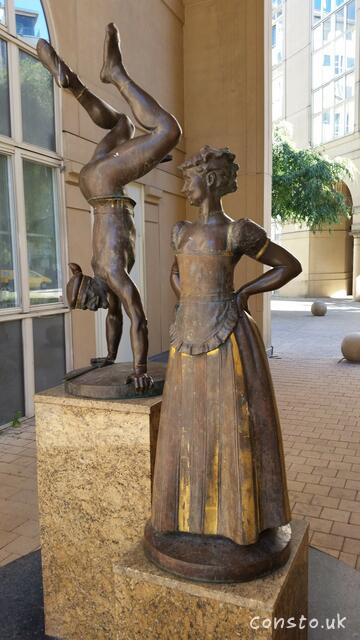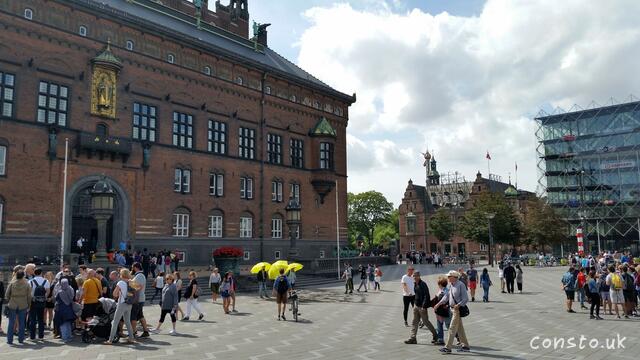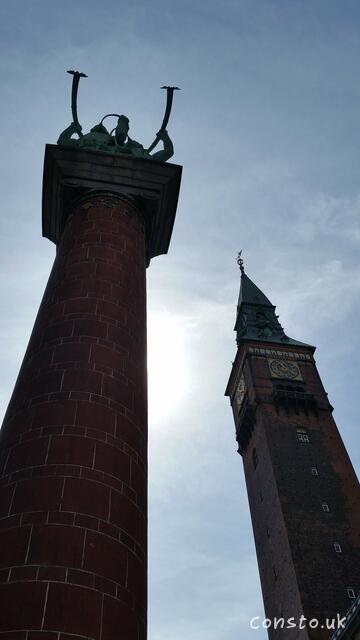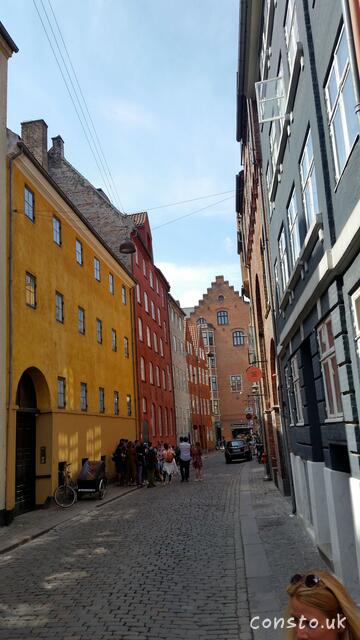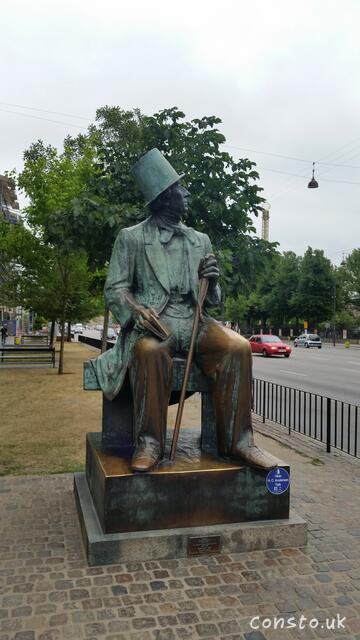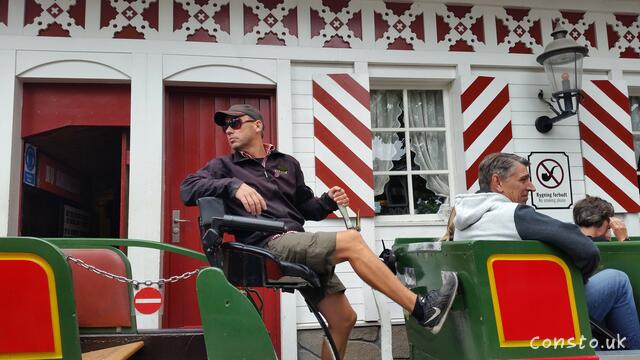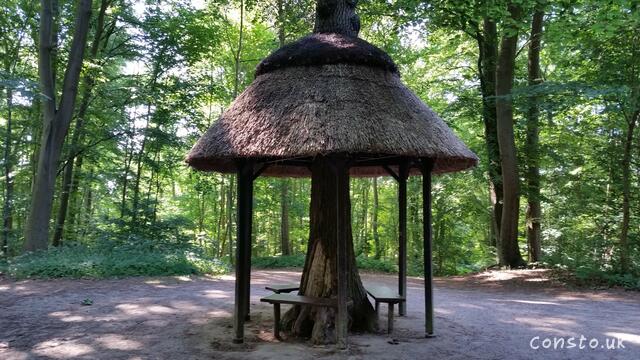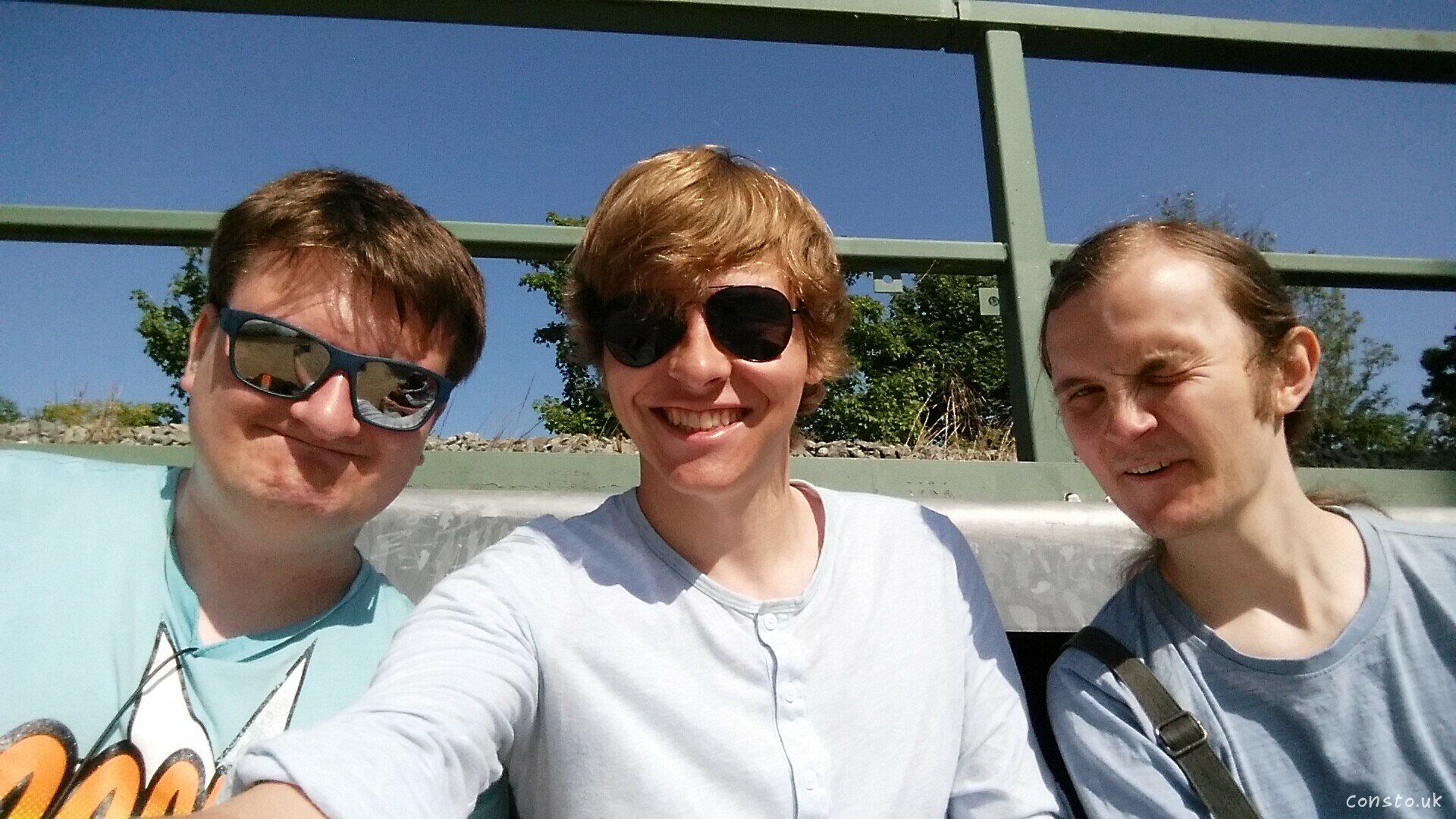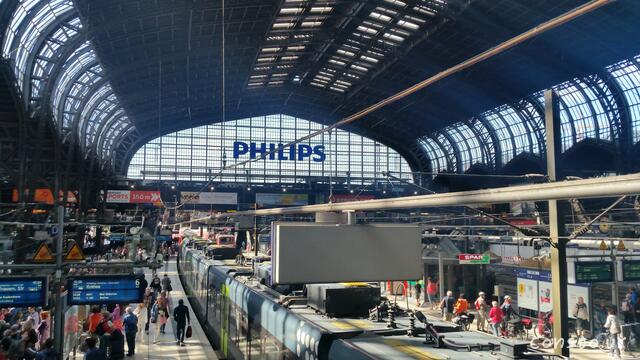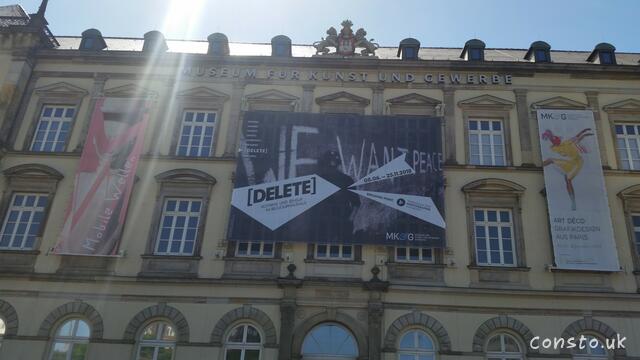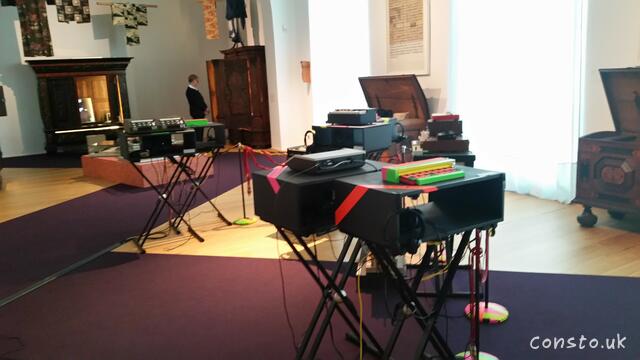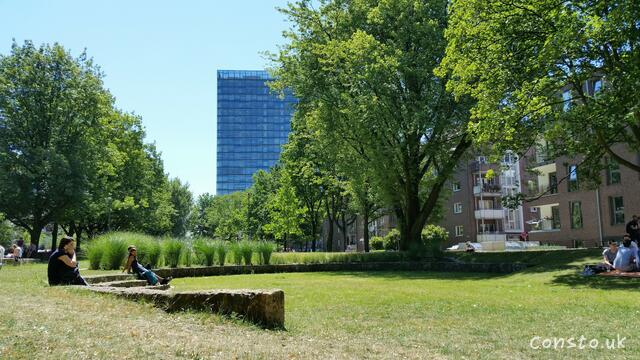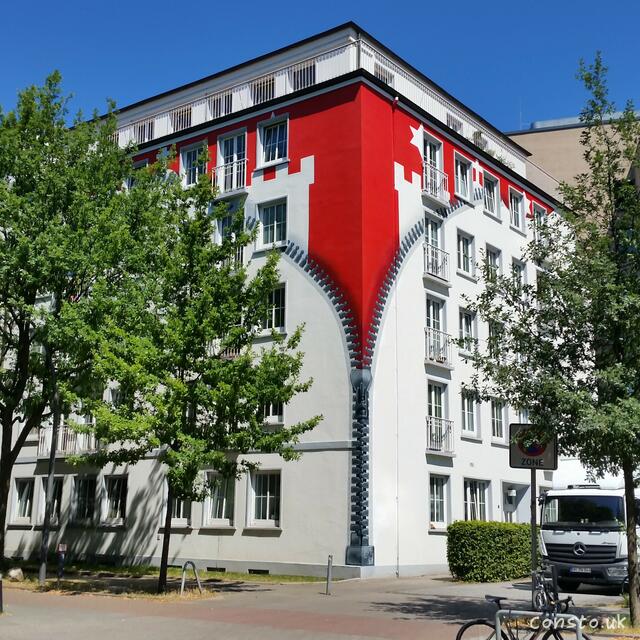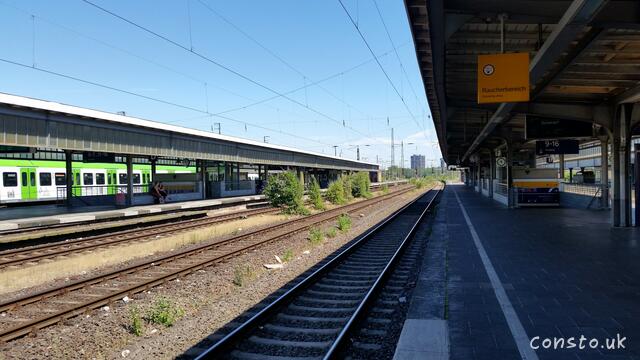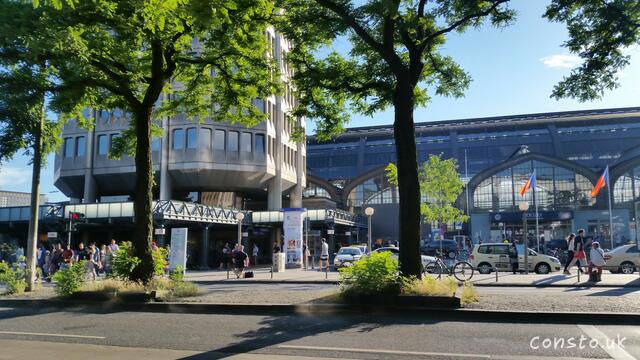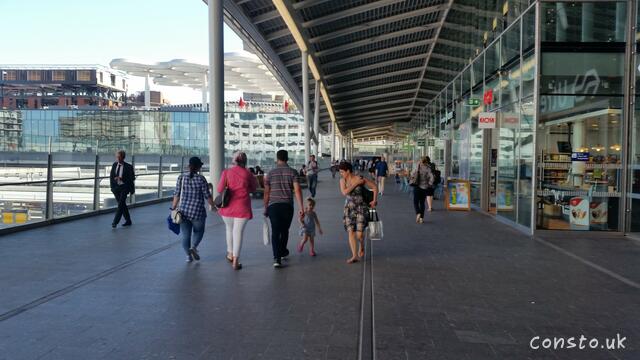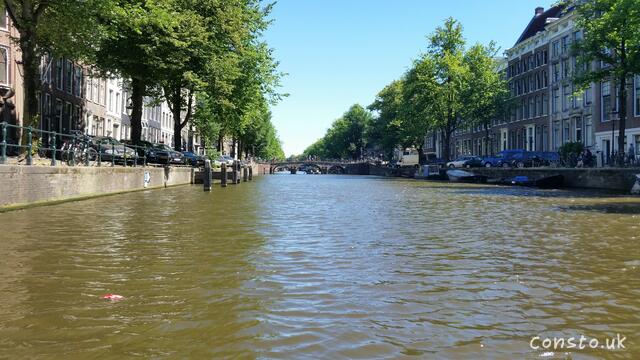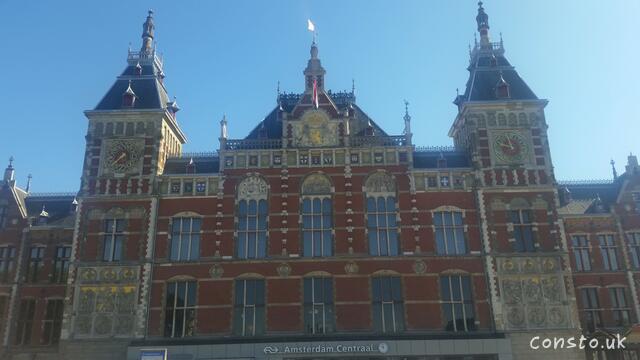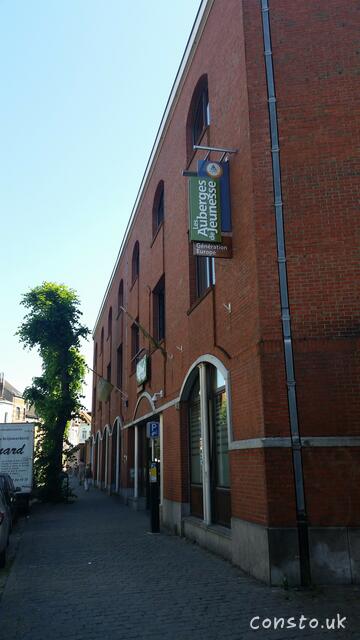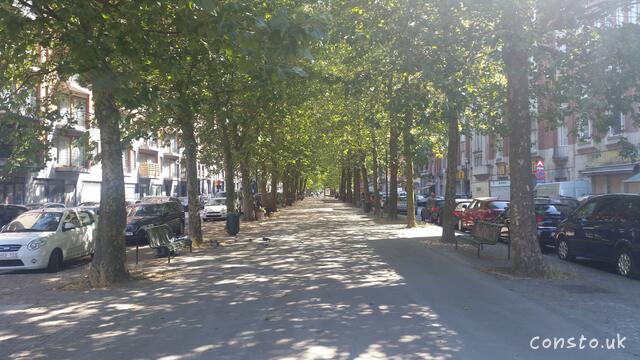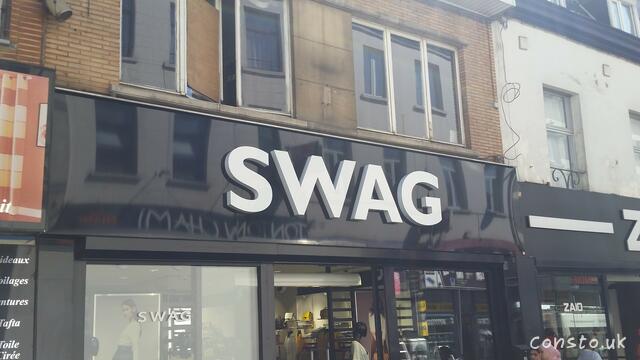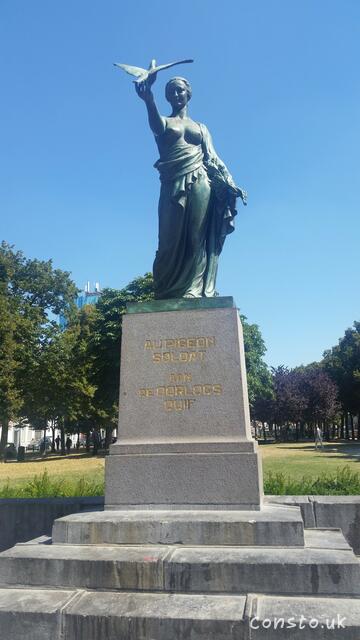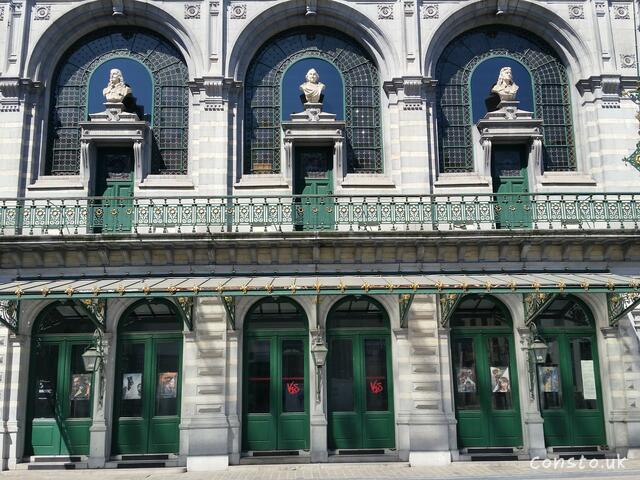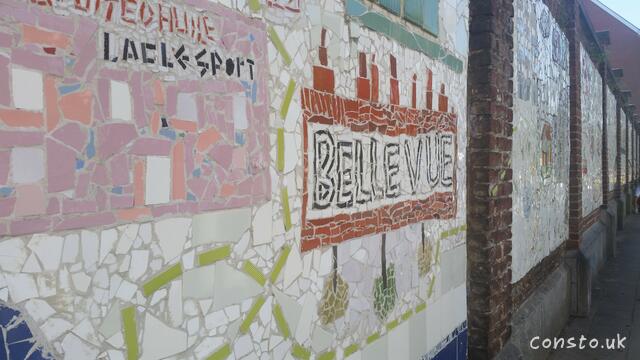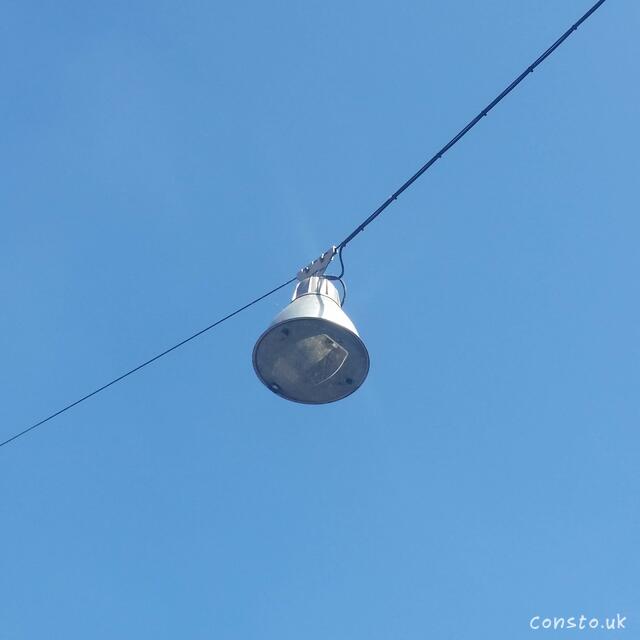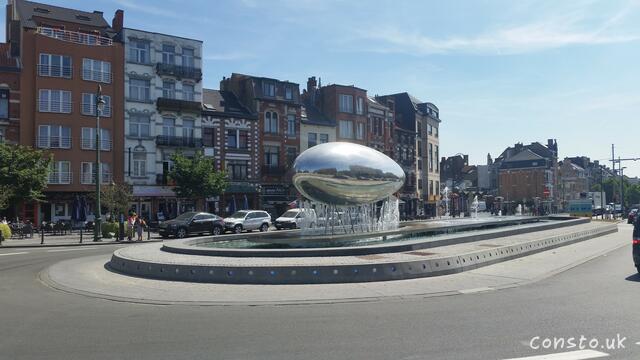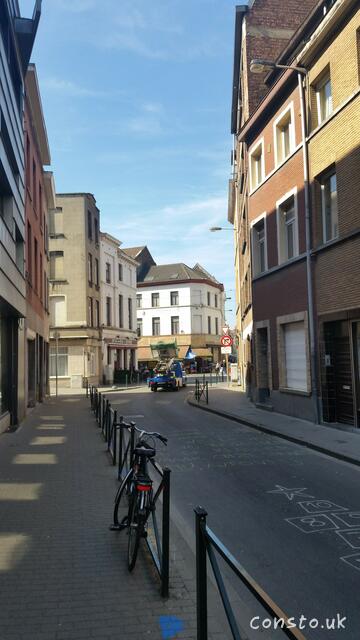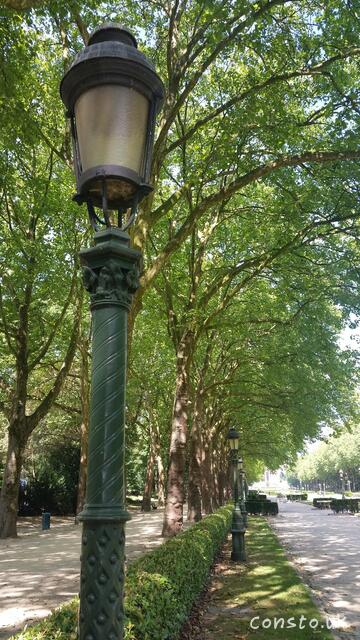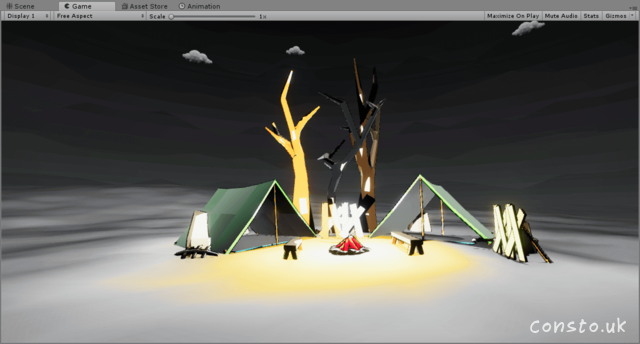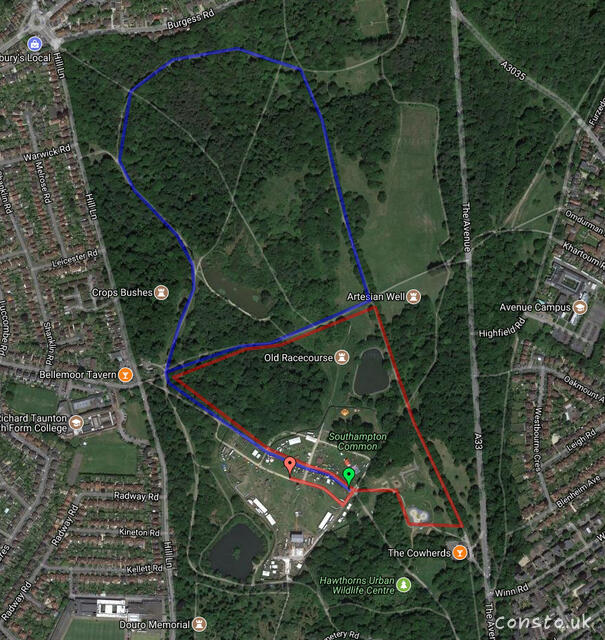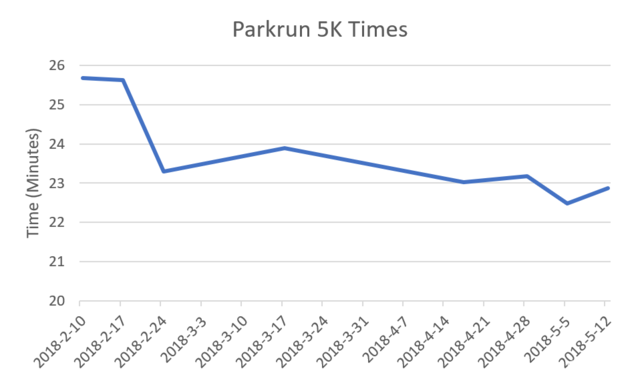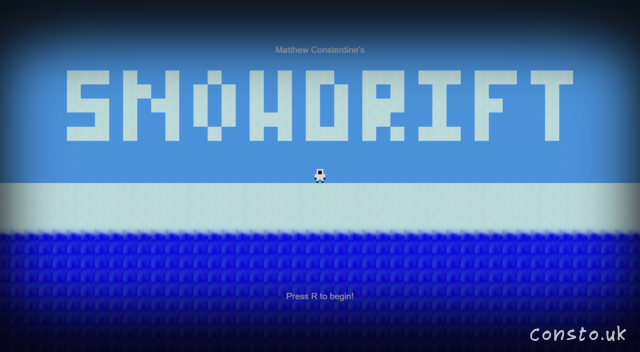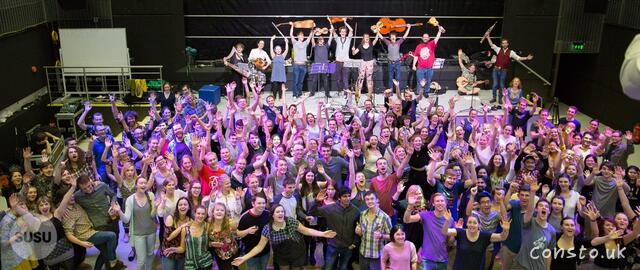Today I was playing a rather interesting variation of Cheat and Sh*thead with a group of friends, and thought it be worth sharing. But before doing so, I will fill you in on the rules of both games, for context.
Cheat
Setup: Shuffling a deck of cards and deal three to each player, leaving the pile in the centre of the table.
Gameplay: Players take it in turns to announce and play face down one or more cards of higher, lower, or equal value. If at any time a player suspects that the previous player cheated, they can loudly call CHEAT. All cards the player placed by that player are flipped. If the player has cheated, they pick up all of the cards, otherwise the accuser picks up all of the cards. The next player is whoever does not pick up cards. A player cannot call cheat on another if any cards have been placed atop of theirs.
Scoring: Once one player has placed all of their cards, a victor is crowned, and the game is over. If desired, count the number in each players hands to determine who came second, third, and so on.
Notes: The speed of the game depends on the group, but the faster they play, the easier it is to cheat. Unless the group is a hundred percent certain that a player is not cheating, it is worth accusing them after they place their final card. If desired, the game can continue after a player wins. However as players gather more and more cards, the game slows and lies become harder.
Sh*thead
Setup: The deck with Jokers is shuffled, and each player is given three face down cards. Then, each player is given an additional six cards, three of which much be placed face up atop their face down cards. Then the pile is placed in the centre of the table. The player with the greatest number of lowest value cards (excluding magic cards) in their hand starts. If multiple players draw, then the player who is first clockwise of the dealer starts.
Gameplay: Each player takes turns playing cards from their hands, face ups, or face downs - in that order. Cards must be of higher (Ace high), or equal value, but they must all be of the same value. After playing, a player draws back up to three cards if possible. Some cards are Magic and have special actions as denoted in the table below.
- If four of the same value are played, then the pile is burnt and the current player get another turn. Jokers cannot be burnt in this manner.
- If a player cannot legally place down cards, then they forfeit their turn and pick up the centre pile. Unless specified otherwise, magic cards can always be placed atop any other card, regardless of value.
The winner of the game is the first player to play all of their cards. However, the game can continue until all players bar one have played all of their cards.
Magic Cards: 2, Reset the current value. 7, Invisible, the next player must play equal or higher than the previous card. 8, Play Low, the next player must play lower than the previous card. 10, Burn, the pile is discarded and the player gets another turn. King, Change the direction of play. Joker, The next player cannot play a magic card.
Notes: Sh*thead can be played with any number of face down cards, as long as there are enough cards. Just ensure that each player is dealt that number plus three before choosing face up cards. If desired, players can choose different magic cards or different magic actions.
Cheathead
An amalgamation of both games. It is played like Sh*thead but instead of playing cards face up, they are placed face down so players must announce their actions. Players can call CHEAT at any time to force a check. As an optional rule, Jokers can be used as wild cards instead of magic cards for added confusion.

